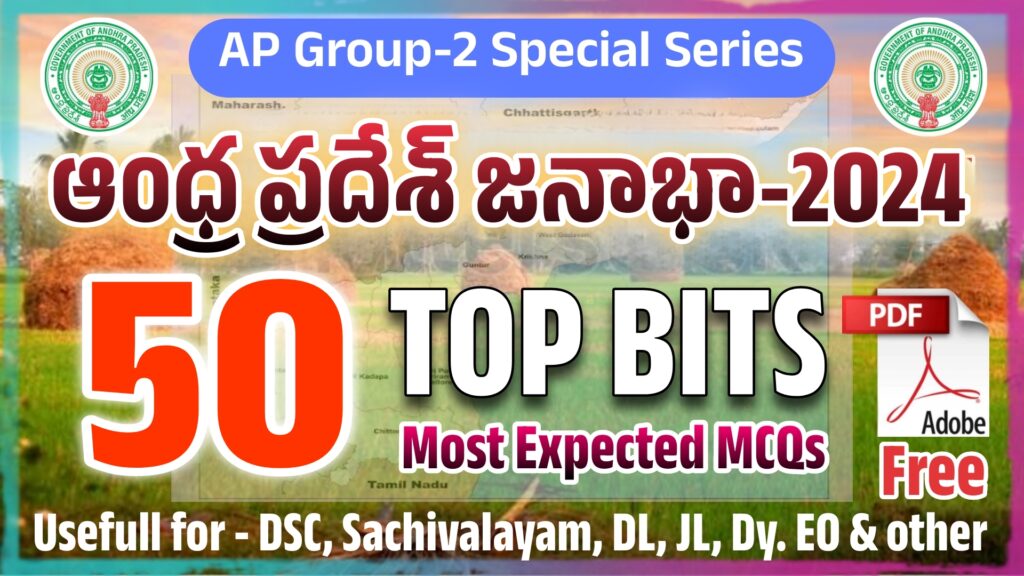
Click Below link to download
Thank you
AP Geography encompasses both human and physical dimensions, offering a holistic understanding of the Earth’s complex dynamics.
This overview navigates through the key elements of AP Human Geography and AP Physical Geography, providing insights into the interconnectedness of human societies and the natural world.
AP Human Geography:
- Introduction: AP Human Geography serves as a lens to examine the spatial organization of human activities. It analyzes how societies interact with their environments and each other.
- Population and Migration: Central to this course is the study of population dynamics. Topics include demographic transition, migration patterns, and their impact on urbanization and cultural landscapes. From examining population pyramids to understanding the push and pull factors of migration, students explore the complexities of human movement.
- Cultural Patterns and Processes: Cultural geography dives into the fabric of societies, exploring language, religion, ethnicity, and popular culture. Students scrutinize how these elements shape identities, impact societies, and contribute to the global mosaic of diversity.
- Political Organization of Space: Political geography delves into the structures and organizations of states. It examines borders, geopolitics, and international relations. The course provides insights into the political dynamics that shape the global landscape.
- Agricultural and Rural Land Use: The agricultural component explores land-use patterns and farming practices. From subsistence agriculture to industrial farming, students analyze how human activities transform rural landscapes, affecting both societies and ecosystems.
- Urbanization: Urban geography scrutinizes the growth and development of cities. Topics include urbanization processes, challenges like gentrification, and the environmental implications of rapid urban expansion. Understanding urban dynamics is crucial in navigating the complexities of modern societies.
AP Physical Geography:
- Introduction: AP Physical Geography focuses on the natural processes and features of the Earth. It provides a foundation for comprehending the physical environment that influences human activities.
- Geomorphology: Geomorphology examines landforms and the processes shaping the Earth’s surface. From plate tectonics to weathering, students explore the forces that create mountains, valleys, and plains. This knowledge is fundamental to understanding the dynamic nature of the Earth.
- Climatology: Climatology delves into the Earth’s climate systems. Topics include atmospheric circulation, climate zones, and the impacts of climate change. Understanding climate patterns is crucial for predicting weather, studying ecosystems, and addressing global environmental challenges.
- Biogeography: Biogeography studies the distribution of ecosystems and organisms across the planet. It explores how environmental factors influence the diversity of life. Students examine ecosystems, biodiversity, and the interconnectedness of living organisms.
- Hydrology and Water Resources: The hydrological aspect focuses on water systems, including rivers, lakes, and oceans. Topics encompass the water cycle, water management, and the implications of human activities on water resources. This knowledge is essential for addressing water-related challenges and sustaining ecosystems.
- Environmental Issues: AP Physical Geography addresses contemporary environmental challenges. Topics range from deforestation and pollution to resource depletion. Understanding human impact on the environment is crucial for promoting sustainable practices and mitigating ecological degradation.
In conclusion, AP Geography offers a comprehensive exploration of the intertwined aspects of human societies and the natural environment.
It equips students with the tools to analyze spatial patterns, make connections between human activities and the Earth’s processes, and critically engage with the complexities of our ever-changing world. From population trends to landforms, this course provides a nuanced understanding of the forces shaping our planet.
